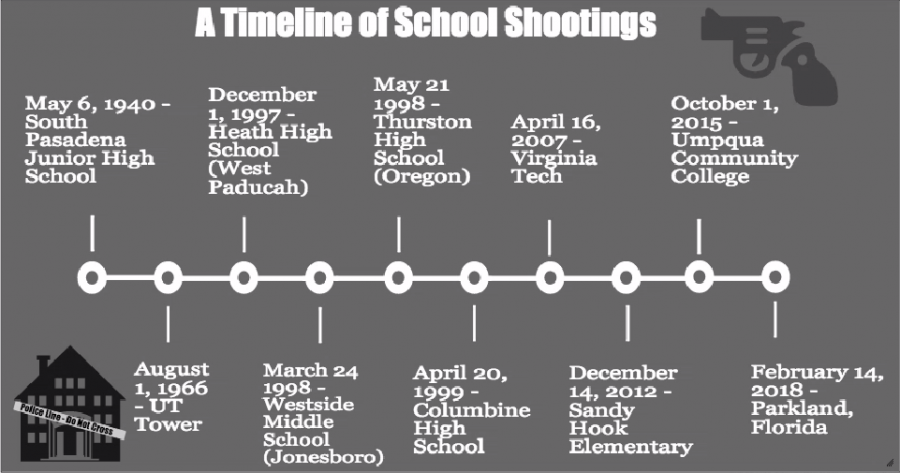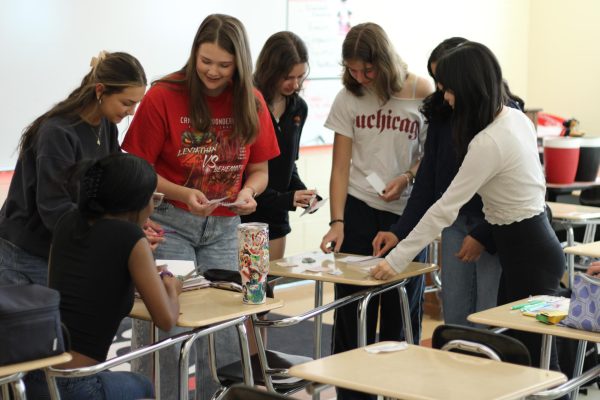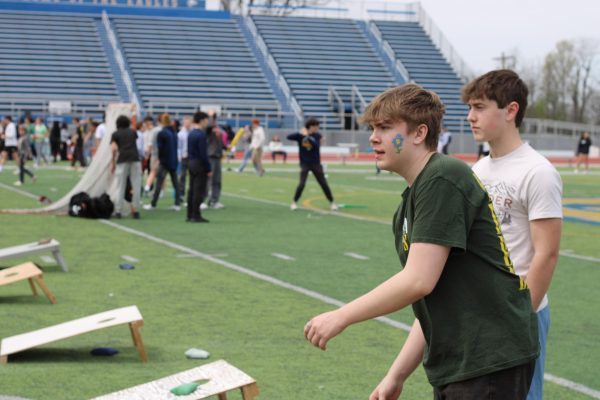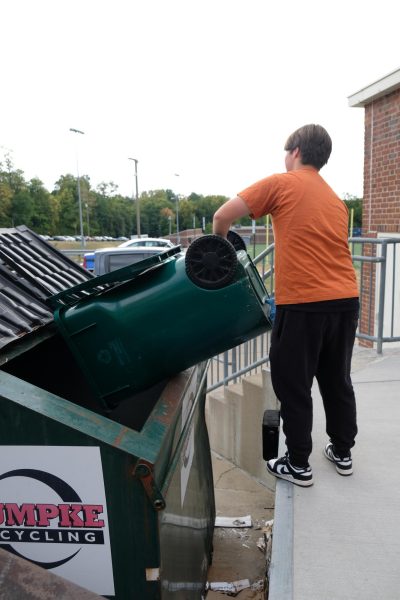School Shootings Show a Sinister Side of History
The above timeline relays some of the earliest and most significant school shootings in American history. Although only ten are pictured above, the actual number is in the hundreds, with 291 shootings on school and university campuses having been reported since 2013.
Throughout this issue there have been many pieces expressing different levels of exhaustion at the seemingly unstoppable trend that applies to mass shootings. When thinking of school shootings, most view the Columbine High School Shooting as the beginning of this cultural shift that made classrooms a place clouded with fear.
When asked why Columbine wasn’t the tipping point for gun control, many say it’s because this was an unprecedented event. However, this was far from the beginning of this epidemic.
The first mass shooting at a school occurred at South Pasadena Junior High School on May 6, 1940. A principal, fearing he was going to be fired, went on a killing spree, shooting seven and killing four. This is the first mass shooting in history that was perpetrated with only a gun and by a member of the staff or student body.
This was followed by the more well-known University of Texas at Austin shooting on August 1, 1960, where a former marine climbed to the top of the university’s main building tower and opened fire on the campus below.
This resulted in the death of 14 people and the injuring of 31 more. These events show that school shootings are not a new crisis, but have plagued our country for over seventy years.
In a piece on the Editorials page of the May 3rd, 1999 issue of the Chatterbox, Ruairi Rhodes, a member of the WHHS class of 2000, expressed her exhaustion at the Columbine High School slayings. In her article, “No answer to horrendous Colorado slayings,” Rhodes begins by mentioning three shootings: West Paducah, Jonesboro, and an Oregon shooting.
She is referring to the large spike in school shootings that occurred during the late ‘90s which consisted of many lesser known killing sprees than Columbine.
Firstly, she mentions the Heath High School shooting in West Paducah, KY in 1997 which led to the death of five students.
Then she alludes to the Westboro shootings which occurred on March 24, 1998 at Westside Middle School. This shooting was carried out by two former students who shot and killed four teachers and students and wounded ten.
Lastly she mentions a shooting that took place at Thurston High School on May 21, 1998 in Springfield, OR, where an expelled student shot and killed two students and his parents and left 25 others injured.
These recent shootings led Rhodes and many others to be shocked when Columbine happened, but maintained their air of frustration that coincided with their sadness. In her article, Rhodes can’t help but express her vexation when it came to the emerging pattern that gripped her high school years.
“It’s the same every time, another bold print headline, a picture of crying girls, and another of injured students with paramedics. An article about shootings, and an article about the killers.”
Reading this quote from an article written almost 20 years ago greatly highlights the lack of mobility and action when it comes to preventing these tragedies. No action is ever taken. We have allowed these slayings and these huntings of our peers to become a routine, a part of American life. We have spent 70 years sending our thoughts and prayers without working to make sure we never have to read another article detailing these horrific crimes.
No matter what side you stand on when it comes to this issue, context and education is key if you want to see progression away from this gruesome circle of violence that plagues our schools.
Your donation will support the student journalists of Walnut Hills High School. Your contribution will allow us to purchase equipment, cover our annual website hosting, printing costs and offset competition and conferences fees for students.








